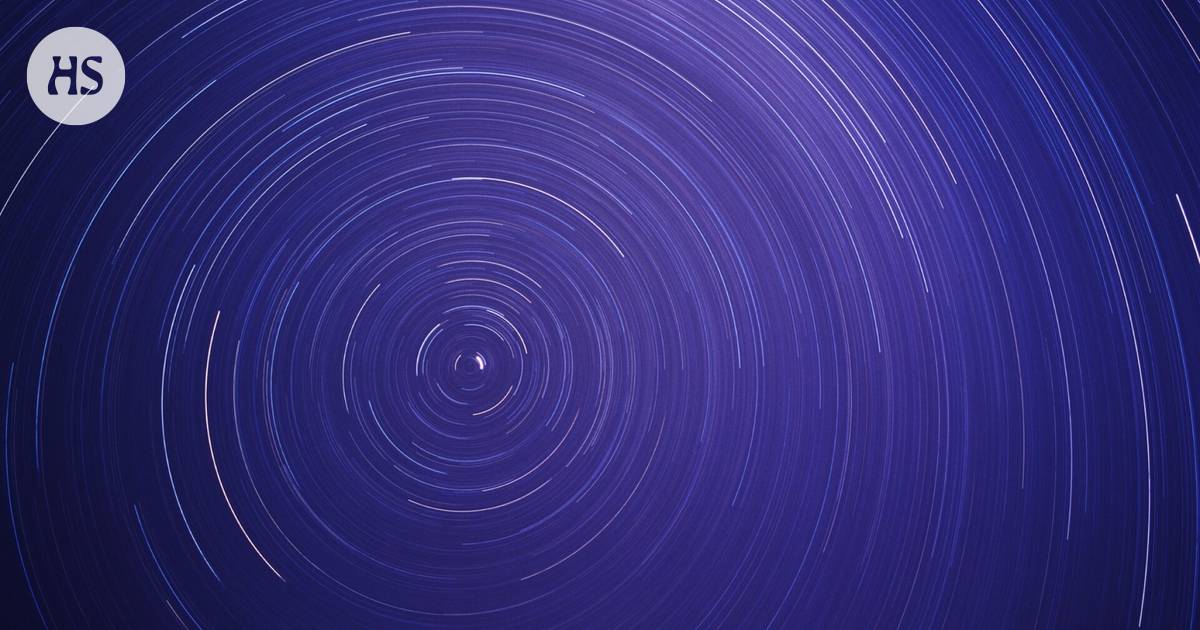The night sky|The surface of the North Star was studied by six telescopes together. The star is much heavier than previously thought.
The summary is made by artificial intelligence and checked by a human.
The North Star was studied with equipment at the Mount Wilson Observatory in California.
Astronomers found specks on the surface of the North Star.
The North Star is part of the triple star system.
The pole star is familiar to most, not only as a star, but also in other contexts. Here under the North Star.
The star is relatively bright and always high in the night sky. In addition, the entire northern night sky seems to “mysteriously” revolve around it.
This is because the North Star is in the northern sky where the Earth’s axis in the north points.
If the Earth’s imaginary axis were extended from the poles far into space, it would almost hit the North Star in the north.
NORTH STAR used for navigation. That’s why it’s so central. Man has been observing it and looking for it in the sky for centuries. It has also been studied for a long time.
in California, USA Mount Wilson Observatory the Pohjanstähte has been studied particularly precisely, perhaps more precisely than ever before.
Spots have been found on its surface, astronomers say. They are similar to those on the surface of our own Sun.
Research on the North Star published by The Astrophysical Journal.
The size of the spots varies on the surface of the North Star, as on the surface of the Sun, in periods of about four years.
Commas were found when Mount Wilson astronomers aimed six telescopes at the same object. They all gathered light from the North Star.
The six telescopes worked like one big telescope. The images were thus combined into one whole, which offered a detailed picture of the surface of this familiar star.
When these pictures taken from Pohjantähti were combined with those taken earlier, i.e. between 2016 and 2021 Charan interferometers observations, the spots of the North Star were found.
Interferometers is a device that can combine light waves into one image, they say
Space.com website
.
A false-colored image of the North Star from April 2021 reveals that the surface of the star is not the same everywhere.
The pole star is about 46 times larger than our own nearby star Sun.
It is over 400 light years away and is actually a triple star system. On the ground, it is visible to the naked eye as a single point.
Astronomers know the North Star as cepheids. It means that the star brightens and dims at regular intervals.
Cepheids have their own value in astronomy. Cepheids can be used to determine, for example, the distances of galaxies and globular star clusters.
The longer the Cepheid’s pulsation period, the greater its true brightness. With this knowledge, Cepheid is one yard stick for the distances in space.
North star filmed this time because astronomers wanted to map the orbit of a small star near the North Star.
This star is closer to the North Star than the other small star of the triad, and therefore difficult to detect. It was only confirmed in 2005 by the Hubble Space Telescope.
THE NORTH STAR according to measurements, the mass of the brightest star, Polaris A, may be about five times that of the Sun.
That’s a lot more than astronomers thought. The mass of only a few interstellar Cepheids has been determined so far.
“We hope that we will soon understand how spots are created on the surface of Pohjantähti. We will continue photographing the North Star,” says the professor of astronomy at the University of Michigan John Monnier Georgia State University website.
Monnier is one of the authors of the study.
